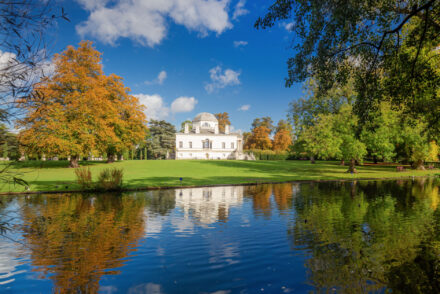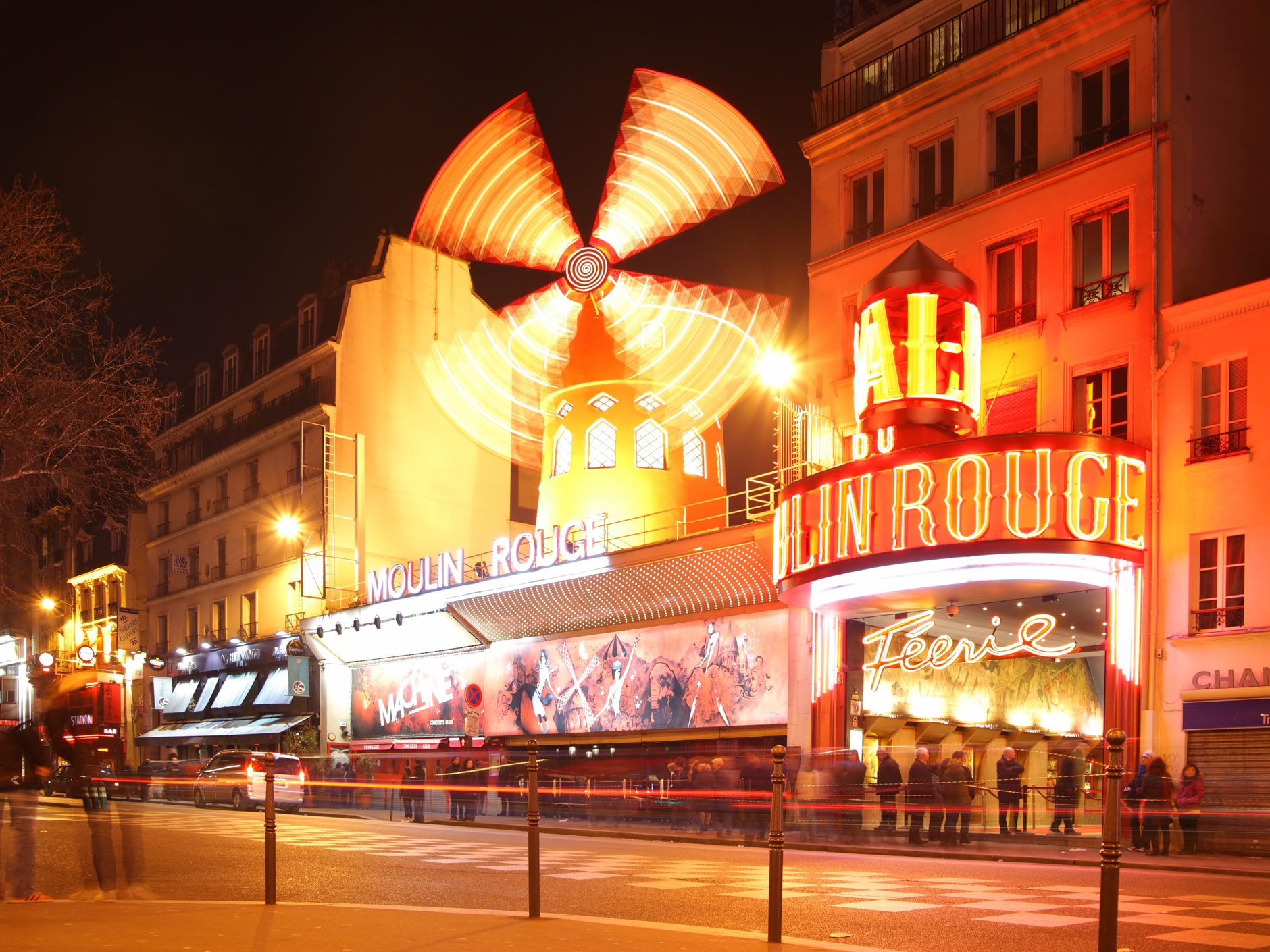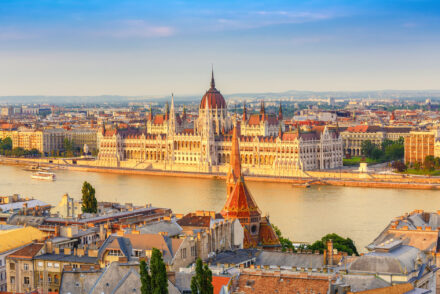Chef Kenichiro Nishi is a chef who trained in Kyoto, the birthplace of Kaiseki cuisine. He opened his restaurant in Tokyo with the intention of bringing the flavours of the south to the capital, hence naming his restaurant Kyo Aji, or “taste of Kyoto”. Chef Nishi was featured on NHK’s The Professionals, a TV documentary showcasing craftsmen at the top of their respective fields, and famously turned down three Michelin stars when the guide first came to Japan. Whether it was out of pride or humility, he prefers to let his food speak for itself.
Kyo Aji has no website, and to get a reservation is impossible unless you have been invited by someone who has dined there before
This is one of Tokyo’s best restaurants, situated in a two storey building with a nondescript façade next to a carpark and construction site. Kyo Aji has no website, and to get a reservation is impossible unless you have been invited by someone who has dined there before. I was fortunate enough to know a guy who knew a guy who, in turn, knew a guy who booked the place five months in advance. It is now fully booked until April next year. Chef Nishi has been cooking for as long as the likes of Bocuse and Guerrard. Yet unlike his French contemporaries who served up creamy, rich and gout-inducing dishes in an era that predates nouvelle cuisine, Nishi-san has always been creating seasonal tasting menus that showcase his exquisite ingredients. The chef world’s Colin Chapman, every one of his dishes seems to embody the Lotus mantra “simplify and add lightness”.
Kaiseki cuisine is the most traditional form of Japanese cooking. It has developed over hundreds of years, taking its simple style from the tea ceremonies of Zen Buddhism, and the elaborate multi-course structure and premium ingredients from the dining rooms of the Imperial Family. These traditions slowly fused into Kaiseki in the ancient capital of Kyoto. It was Kaiseki that inspired the cooking of Joel Robuchon and Ferran Adria and led to the development of the tasting menu and modernist cuisine. Importantly however, these meals are no mere canapé parties; the Japanese have always recognised that a meal is more than just the sum of its parts.
it was Kaiseki cuisine that inspired the cooking of Joel Robuchon and Ferran Adria and led to the development of the tasting menu and modernist cuisine
I dined at Kyo Aji at the tail end of matsutake season. The Matsutake, or Pine Mushroom, is to Japanese chefs what white truffles are to Europeans, possessing a unique yet delicate flavour that requires significant cooking skills to bring out in a dish. A rare wild mushroom that only grows at the bottom of pine trees, the best examples go for around £1000 per kilogram. The mushrooms served at Kyo Aji that day were from Nagano prefecture in central Japan. While white truffles can only be shaved, the matsutake is a versatile ingredient, as Chef Nishi demonstrated by using it in four different dishes spread throughout the meal; poached, stewed, boiled and steamed with rice.
The first dish was konowata – salted and preserved intestines of the Sea Cucumber served on warm glutinous rice. This served as an excellent amuse bouche. To signify the autumnal season, the second dish was stewed abalone, burdock root and a soft boiled quail’s egg dyed orange to reflect that it is now high season for Persimmon. This was immediately followed with cold, succulent sea urchin topped on warm grilled aubergines. In this dish the chef manages to express the subtle genius of varying temperature and texture in a dish that not even Osteria Francescana’s Five Stages of Parmesan could match.
People who enjoy the stereotypical grilled miso cod will be pleased to note this concept works with other species of fish. Pomfret, usually found in warmer tropical Pacific and Indian oceans, is less oily and has smoother finer flesh than cod and the fillet I was served was thick and cooked through evenly. This was followed by a hotpot of Hamo (conger eel) and matsutake mushrooms. Chef Nishi personally scooped me a bowl of soup and oh was it amazing!
Customarily in Kaiseki, the last savoury dish is seasoned rice with pickled vegetables on the side. Here, I had two: first it was matsutake mushroom rice cooked in mushroom stock which rather strangely made me hungrier. Finally, the kitchen brought out the grilled King Salmon belly on rice, arguably the restaurant’s signature dish. It couldn’t be simpler – a bowl of white rice topped with flakes of grilled seasoned salmon belly mixed with crispy morsels of salmon skin. I was unsure as to what made this tick, but eating it was overwhelmingly gratifying.
if I had to choose one thing to give a Grade I listing to, it would be this restaurant
When it was time for dessert, I chose kuzukiri – translucent noodles made from kuzu starch meant to be dipped in a black sauce similar to molasses. When it dawned on me that the meal was over, I still could not believe what I had just experienced; the lingering taste of delicate flavours slowly moulding into one. For all intents and purposes, Kyo Aji might as well be a temple of an insular religion. It welcomes a select few – devotees who come to pay their respects to the “God of Kaiseki”. This saintly figure is a kindly old man with a walking stick who comes into the private room every now and then, fiddles with the air conditioning and casually explains his dishes. Over the past 40 years, Japan has changed beyond recognition; its physical state always in flux. In time, the building behind Kyo Aji will be completed then demolished. But if I had to choose one thing to give a Grade I listing to, it would be this restaurant. May its spirit live forever.
Kyo Aji
3 Chome-3-5 Shinbashi
Minato
Tokyo 105-0004









